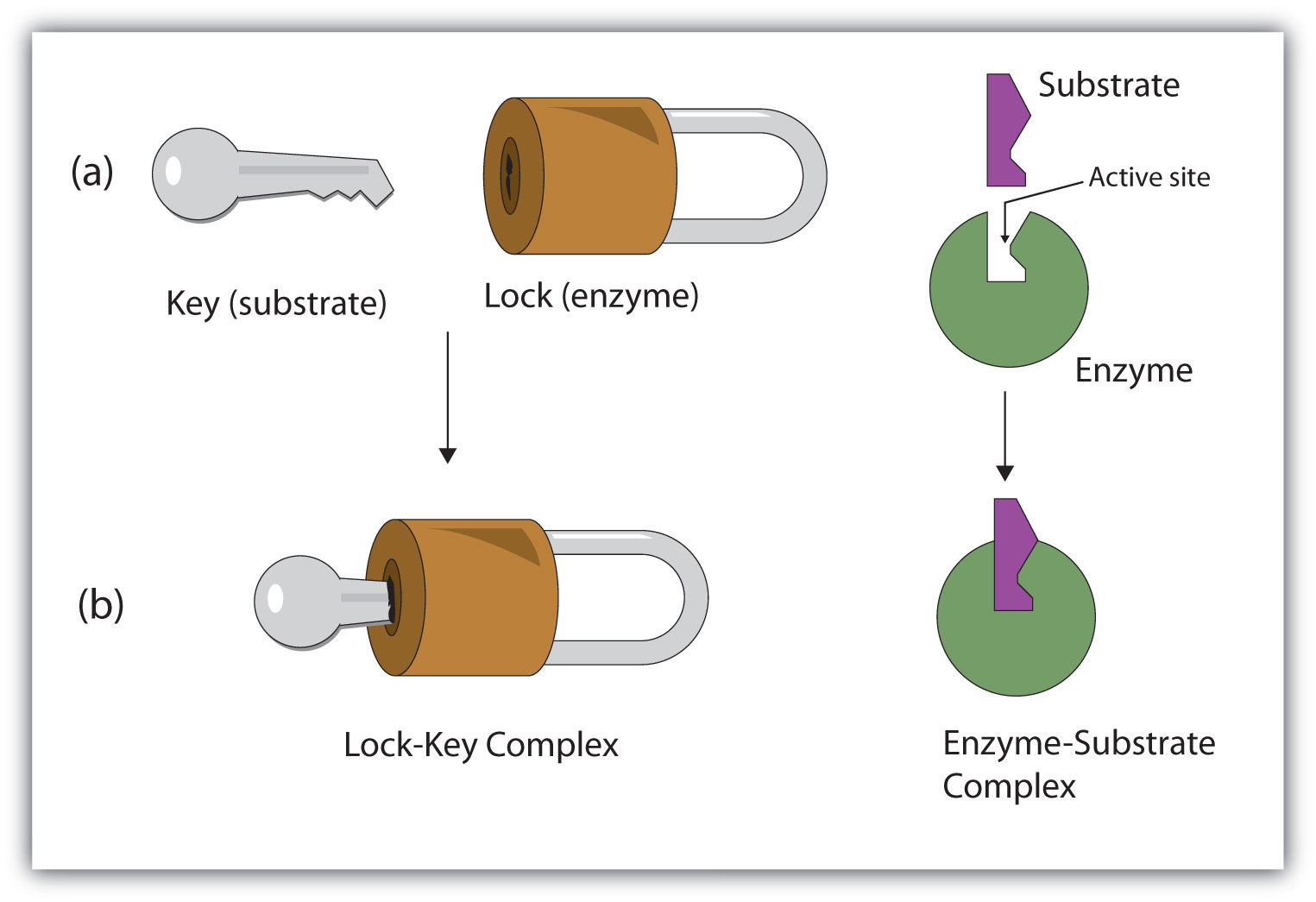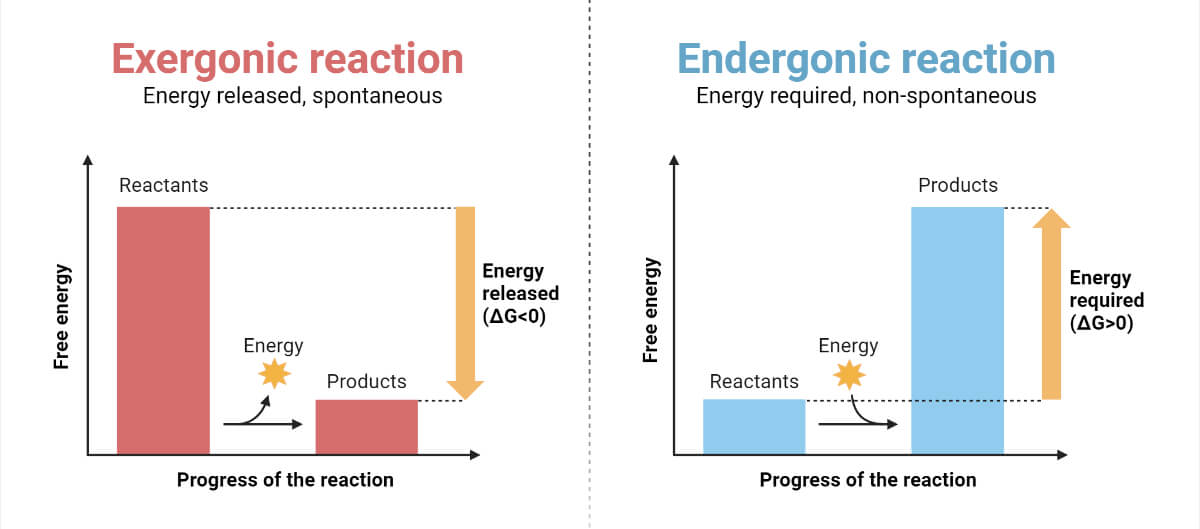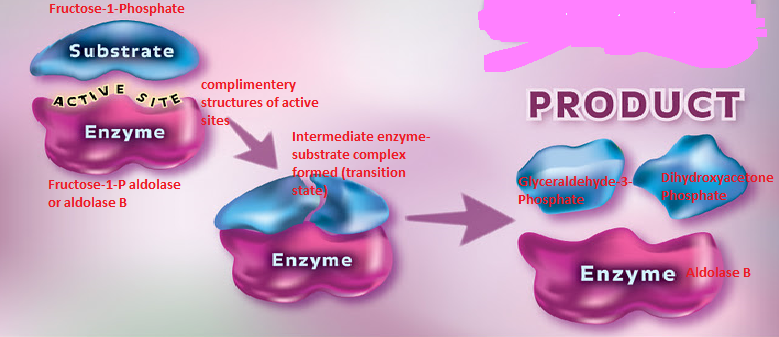
What does the lock and key hypothesis state?
The key (substrate) fits perfectly in the lock (enzyme). The lock and key hypothesis states that the substrate fits perfectly into the enzyme, like a lock and a key would. This is in contrast with the induced fit hypothesis, which states that both the substrate and the enzyme will deform a little to take on a shape that allows the enzyme to bind the substrate. Since, the substrate binds to a specific enzyme, this hypothesis is meant for the substrate specific enzymes.

What is the Difference Between Induced Fit and Lock and Key

Mechanism of Action of the Enzyme. Key and Lock Hypothesis Stock Illustration - Illustration of peptide, medicine: 274721901

The Lock and Key Model Enzyme Explained!

Lock and Key Model- Mode of Action of Enzymes

Enzymology and Catalytic Mechanism - 1599 Words

Mechanism - Enzymes - MCAT Content

Induced Fit Model - an overview

Solved Two models have been proposed to understand the
Best Prices Available Lock and Key icon stock vector. Illustration of clip, mail - 355812, lock and key
Active site - Wikipedia








/filters:format(webp)/product/2023/9/23/1705391689742553088/Integrated_Stainless_Steel_Electroplating_Real_Gold_Scarf_Buckle_Ring_Enamel_Five-Pointed_Star_High-End_Business_Wear_Scarf_Shawl_Buckle.jpg)
